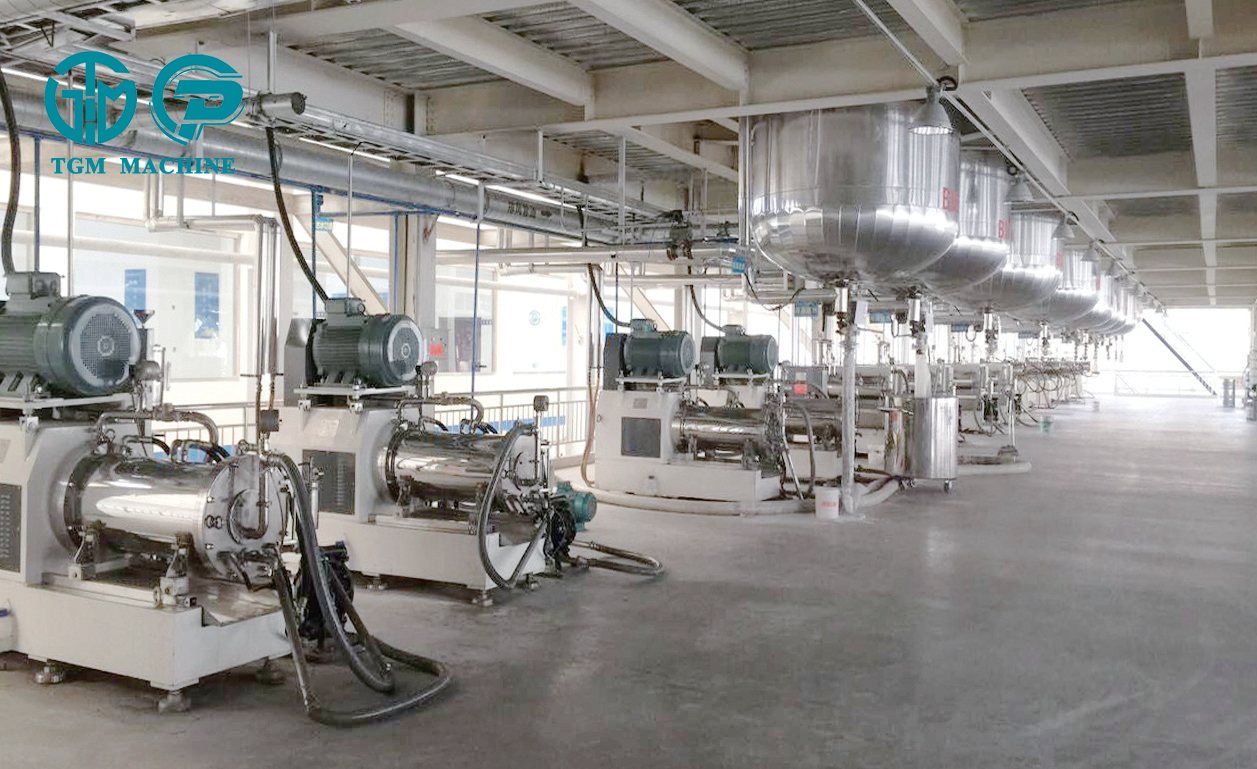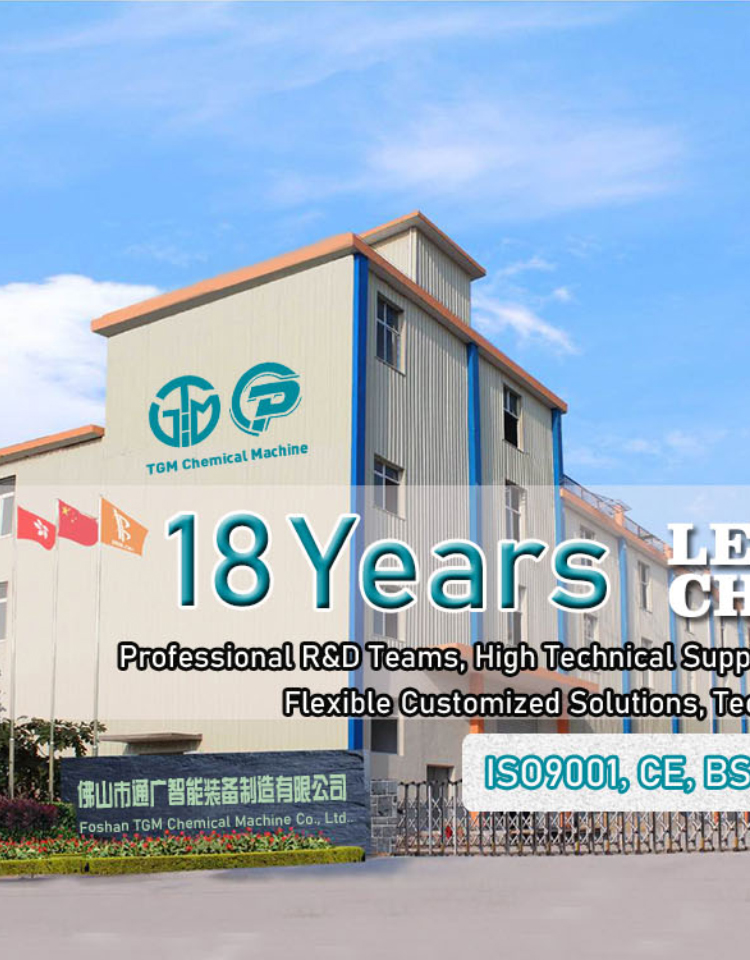Email cannot be empty
Password cannot be empty
Email format error
Email cannot be empty
Email already exists
6-20 characters(letters plus numbers only)
The password is inconsistent
Email format error
Email cannot be empty
Email does not exist
6-20 characters(letters plus numbers only)
The password is inconsistent


Behind the Shine: The Fascinating Science of Automotive Paint Production
When you admire the flawless, mirror-like finish of a new car or the deep, vibrant color of a classic, you're not just looking at paint—you're witnessing a masterpiece of chemical engineering. The journey to create that perfect coat is a complex blend of art and science. Today, we're pulling back the curtain on the high-tech world of automotive paint production.
More Than Just Color: The Layers of Protection
First, it's crucial to understand that automotive paint isn't a single layer. It's a sophisticated multi-layer system, each with a specific job:
-
Phosphate and E-Coat (Electrocoat): This is the invisible hero. The car body is submerged in a primer bath and an electric current is applied. This forces the primer to form a uniform, rust-fighting layer over every nook and cranny, even those you can't see.
-
Primer-Surfacer: This layer smooths out any minor imperfections and provides a strong base for the color coat. It's also responsible for stone chip resistance.
-
Basecoat: This is where the magic of color and special effects happens. The basecoat contains the pigments that give the car its visual identity, whether it's a solid white or a metallic "Midnight Blue."
-
Clearcoat: The final, transparent layer. Its job is to provide a deep gloss, protect the color layers from UV rays, and resist environmental contaminants and minor scratches.
The production process we're focusing on primarily involves creating the basecoat and clearcoat.
The Production Line: From Raw Materials to Liquid Perfection
Creating automotive paint is a precise, step-by-step process.
Step 1: The Recipe - Formulation
It all starts in the laboratory. Chemists, known as formulators, work with a specific "recipe." This formula is a delicate balance of four key components:
-
Resins (Binders): These are the glue that holds the paint film together. After application, they harden (or "cure") to form a durable, solid layer.
-
Pigments: These are the fine particles that provide color, opacity, and special effects.
-
Color Pigments: Titanium dioxide for white, iron oxide for reds, etc.
-
Effect Pigments: Aluminum flakes for a metallic look, mica flakes for pearlescence.
-
-
Solvents: These are liquids that keep the resins and pigments in a liquid state for easy application. The industry is increasingly moving towards water-based solvents to meet strict environmental regulations.
-
Additives: These are the "secret sauce"—small amounts of specialized chemicals that enhance specific properties. They can improve flow, prevent settling, speed up drying, or provide UV resistance.
Step 2: Mixing and Dispersion - The Heart of the Process
This is where the raw materials are combined in large, computerized tanks.
-
Pre-Mixing: The ingredients are roughly mixed together. At this stage, the mixture is clumpy and lacks smoothness.
-
Dispersion (The Key Step): The pre-mix is then pumped into a high-speed disperser or, more commonly, a sand mill or bead mill. Inside this mill, thousands of tiny beads agitate the mixture with immense force, breaking down the pigment clusters into individual particles and evenly distributing them throughout the resin. This process is critical for achieving a consistent, smooth color and high gloss.
Step 3: Tinting and Color Matching
For standard colors, the base paint is tinted with precise amounts of other colored pastes to hit the exact shade. In the lab, technicians use sophisticated spectrophotometers to measure the color and compare it to the digital standard. The color must be perfect, batch after batch.
Step 4: Quality Control - No Room for Error
Every batch of paint undergoes rigorous testing. It's applied to test panels and checked for:
-
Color Accuracy: Does it match the standard under different light sources?
-
Viscosity: Is it the right thickness for robotic application?
-
Gloss and Finish: Does it provide the required shine and smoothness?
-
Durability: Test panels are exposed to simulated years of sunlight, stone chips, and extreme weather.
Step 5: Filtration and Canning
Once approved, the paint is filtered to remove any microscopic impurities. It's then filled into sterile, specially designed containers, ready to be shipped to an automotive plant.
The Future is Bright (and Sustainable!)
The automotive paint industry is constantly evolving. Key trends include:
-
Water-Based Paints: Reducing the use of harmful volatile organic compounds (VOCs).
-
Powder Coatings: For primers and clearcoats, which are virtually emission-free.
-
Self-Healing Clearcoats: Using innovative polymers that can "heal" minor scratches with heat.
-
Customization: Advanced effect pigments allow for unique, personalized colors that change with the viewing angle.

